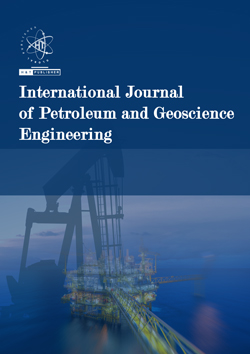


This study is conducted to investigate carbonate cement in the Permo-Triassic DalanKangan reservoirs in the Persian Gulf. Samples were analyzed through conventional, cathodoluminescence, and fluid inclusion microscopic techniques. The studied thin sections are cemented by calcite, and dolomite precipitated from marine, meteoric and burial waters that circulated through the sediments during the early and burial diagenesis. The sequence has gone through five stages of calcite and dolomite cementation that completely or partially occluded pores. Each stage represents a distinctive cement texture, precipitating at specific temperatures, salinity and burial conditions. Precipitation occurred from very early to late diagenesis stages.Cement types appear to be early (1) granular isopachous calcite, with red CL, burial and meteoric (2 , 3) equant calcite with dull red and bright orange CL, burial (4) coarse sparry calcite with dull CL, and (5) fairly coarse secondary dolomite (100<size micron) rhombs with zoning red CL,. With progressive burial and increaseing temperature, fluids are responsible for the cement precipitation in Kangan and Dalan Formations can be subdivided into three groups. Group 1 is fluid with calcite composition, has Th values (126 C), and salinity (16 wt.% NaCl equivalent) and is interpreted to have precipitated during shallow burial from porewater influenced by meteoric water. Group 2 fluid with dolomite composition has Th values (127 C) and salinity (17 wt.% NaCl equivalent), demonstrated that the coarse dolomite crystals was precipitated possibly during shallow burial. Group 3 occurring along fractures is characterized by high Th values (169°C) and salinity (17.5 wt.% NaCl equivalent). It means the fluids with higher temperature, migrated from deeper parts of the basin and filled fractures during deep burial. The oil inclusions with yellow fluorescent can be observed in 3 samples in fracture filling calcite from Dalan Formation. It can be interpreted that oil inclusions are secondary and oil migration posdate the precipitation of fracture filling cements.